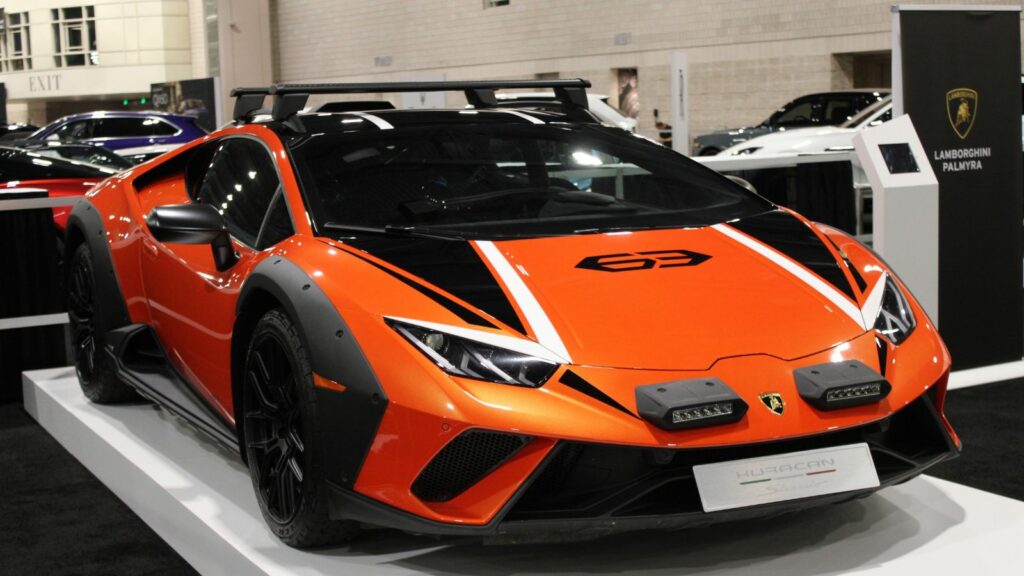Cars have come a long way since their humble beginnings as horseless carriages. Some of the most iconic car models have transformed so dramatically that if you parked the original version next to the latest one, you’d swear they weren’t even related. Here are 12 of the most jaw-dropping design evolutions in car history.
Volkswagen Beetle

The Volkswagen Beetle, affectionately known as the “Bug,” is one of the most recognizable cars in the world. But if you compare the 1938 version with its modern counterpart, the old one was more suited for a cartoon mouse. Originally designed by Ferdinand Porsche (yes, Porsche) as an affordable vehicle for the masses, the Beetle started with a rounded, almost toy-like appearance. It had tiny headlights and a roofline that resembled an upside-down bathtub. Fast forward to the 21st century, and the Beetle has grown up. It’s bulkier, with a more aggressive stance, sleek lines, and modern features.
Ford Mustang
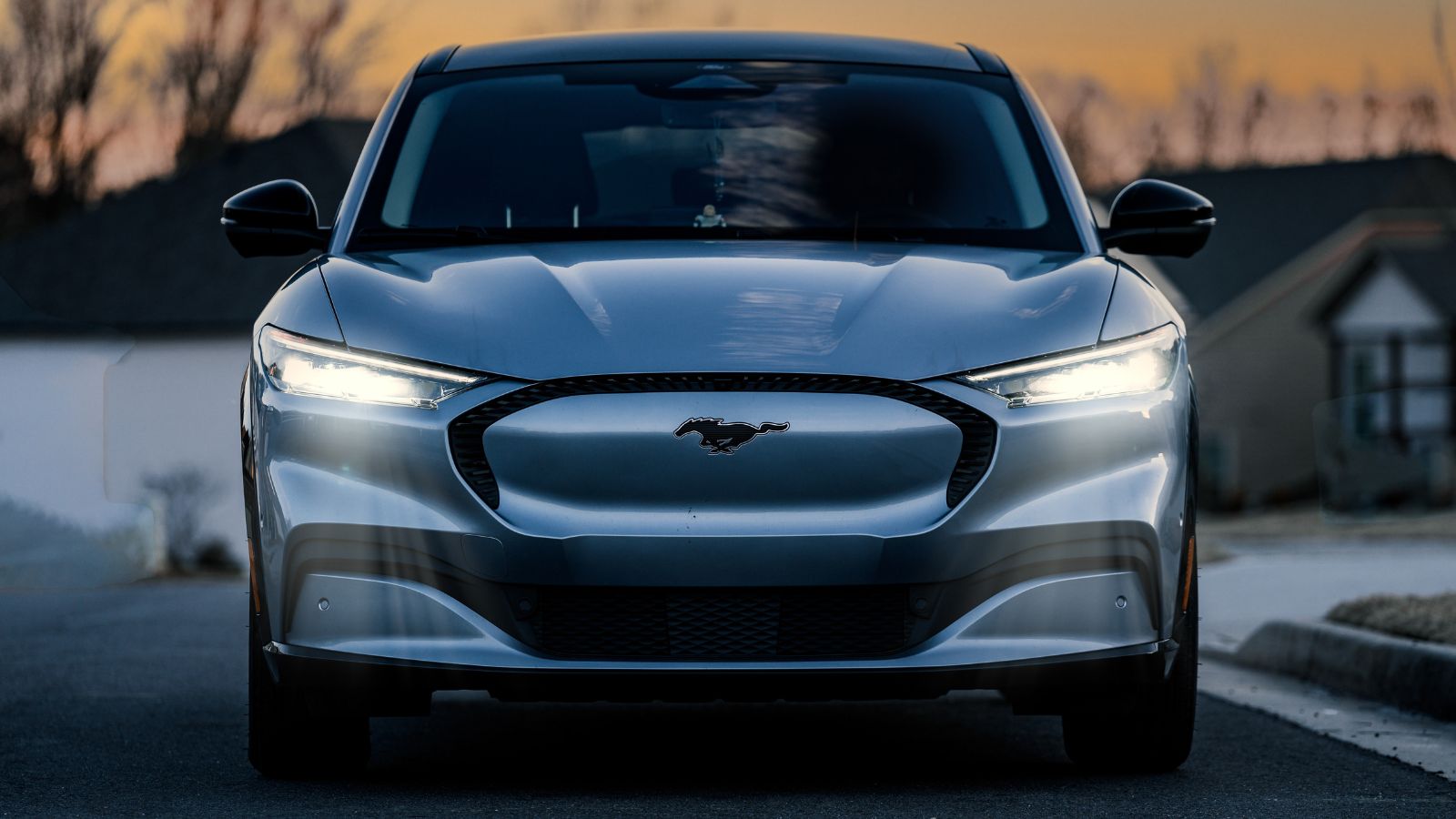
The Ford Mustang has always been the epitome of American muscle, but it has had a makeover! The first Mustang rolled out in 1964 as a pony car—a small, affordable sports car emphasizing style rather than brute power. It had a long hood, short deck, and a chrome pony badge that screamed “freedom.” Over the decades, the Mustang bulked up, traded its soft curves for sharper angles, and took on a more aggressive persona.
Mini Cooper
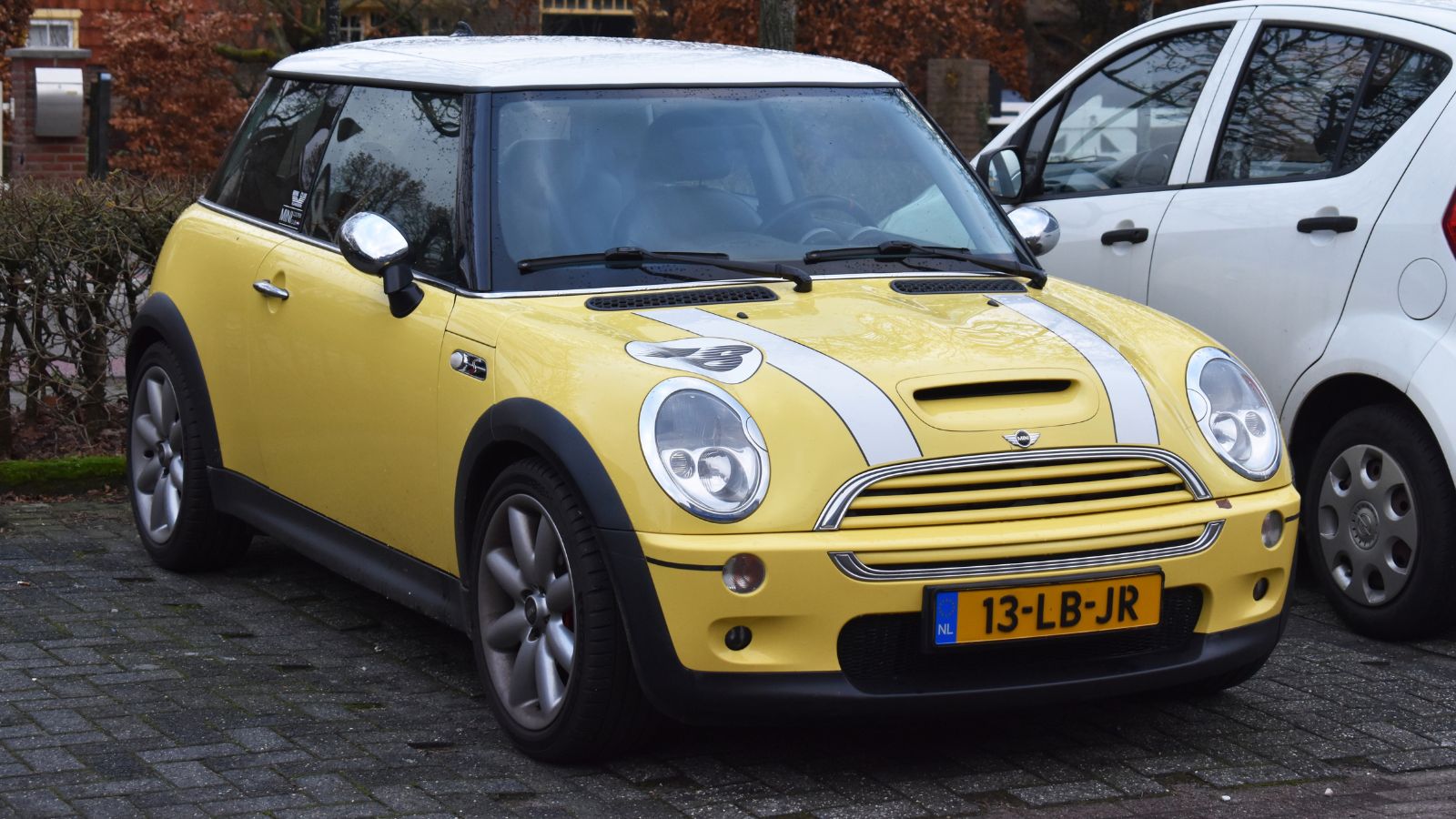
The Mini Cooper is another classic that has grown up—literally. The original 1959 Mini was the automotive equivalent of a British bulldog: Compact, quirky, and utterly charming. It was the car for everyone, from working-class folks to rock stars. It symbolized the swinging ’60s with its pint-sized proportions and go-kart-like handling. Fast forward to today, and the Mini has been super-sized. The modern Mini is more significant, luxurious, and stuffed with technology, but it still keeps that cheeky spirit alive.
Porsche 911

The Porsche 911 is a masterclass in evolutionary design. First introduced in 1964, the 911 has always been synonymous with performance, but its design has seen subtle yet significant changes. The original 911 had a more upright windshield, a simple, almost minimalist interior, and those signature round headlights. While the 911 has grown in size and complexity, Porsche has maintained its iconic shape—like a sculptor refining their masterpiece. The latest 911 is a tech-filled supercar, but its silhouette remains unmistakably 911, proving that sometimes, less really is more.
Chevrolet Corvette
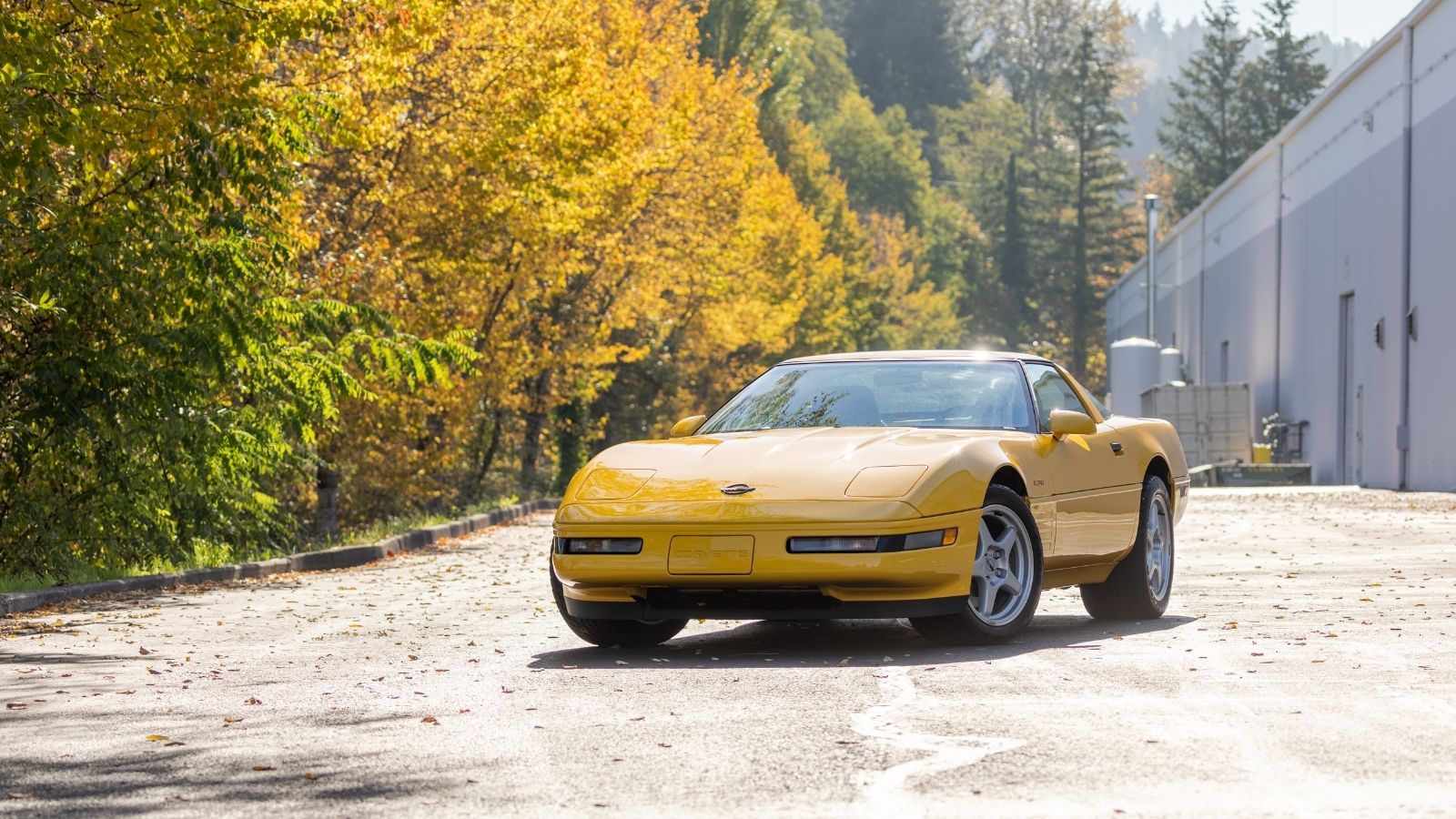
The Chevrolet Corvette, America’s iconic sports car, has undergone significant transformations since its debut in 1953. Initially introduced as a sleek roadster with a modest 150-horsepower inline-six engine, the Corvette quickly evolved. By the late 1950s, it adopted a V8 engine, solidifying its reputation for performance. Over the decades, the Corvette continued to innovate, introducing fiberglass bodies, turbocharged engines, and advanced aerodynamics. The C8 generation, launched in 2020, marked the most dramatic shift, with the Corvette adopting a mid-engine layout for the first time, pushing its performance into supercar territory.
BMW 3 Series
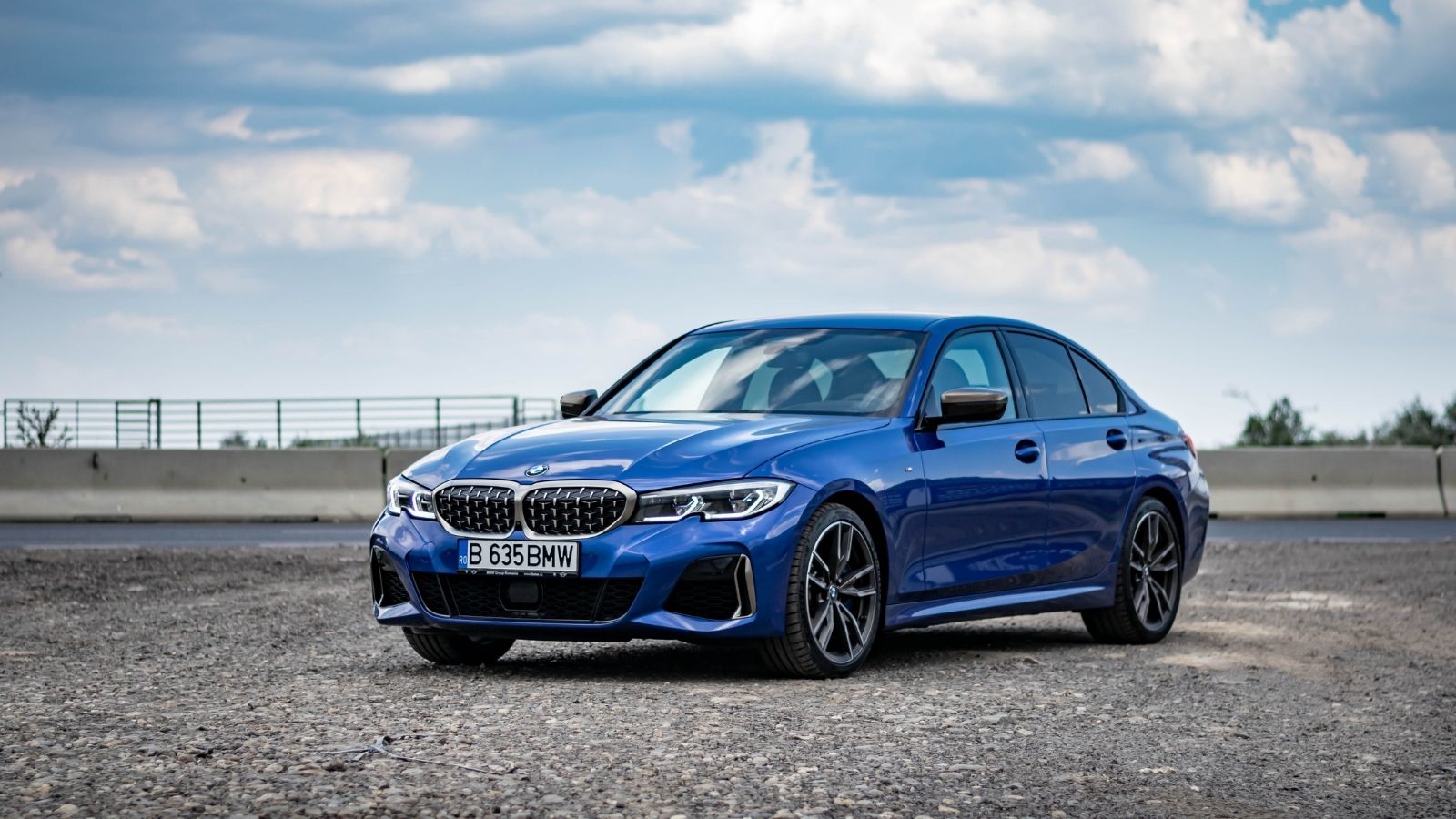
The BMW 3 Series has been the go-to sport sedan for decades, but it started as a compact, somewhat unassuming car in 1975. The first 3 Series was boxy, with sharp edges and a straightforward design that focused more on driving dynamics than luxury. The E46 (1998-2006) refined driving dynamics with enhanced chassis rigidity and a perfect 50:50 weight distribution. The E90 (2005-2013) introduced turbocharging and advanced electronics, while the F30 (2011-2019) emphasized efficiency with downsized engines and hybrid options. However, the latest G20 (2018-present) blends performance with cutting-edge technology, featuring a digital cockpit, semi-autonomous driving, and more efficient powertrains.
Honda Civic

The Honda Civic began life in 1972 as an essential, no-frills economy car. It was small, efficient, and reliable—perfect for the fuel crisis era. The design was simple, with a boxy shape and little in the way of luxury. But the Civic has come a long way from its utilitarian roots. Today’s Civic is a bold, aggressive-looking car with sharp lines, a sporty stance, and enough tech to make a spaceship jealous. The Civic went from being the nerdy kid in class to the cool rebel with a motorcycle jacket.
Toyota Corolla
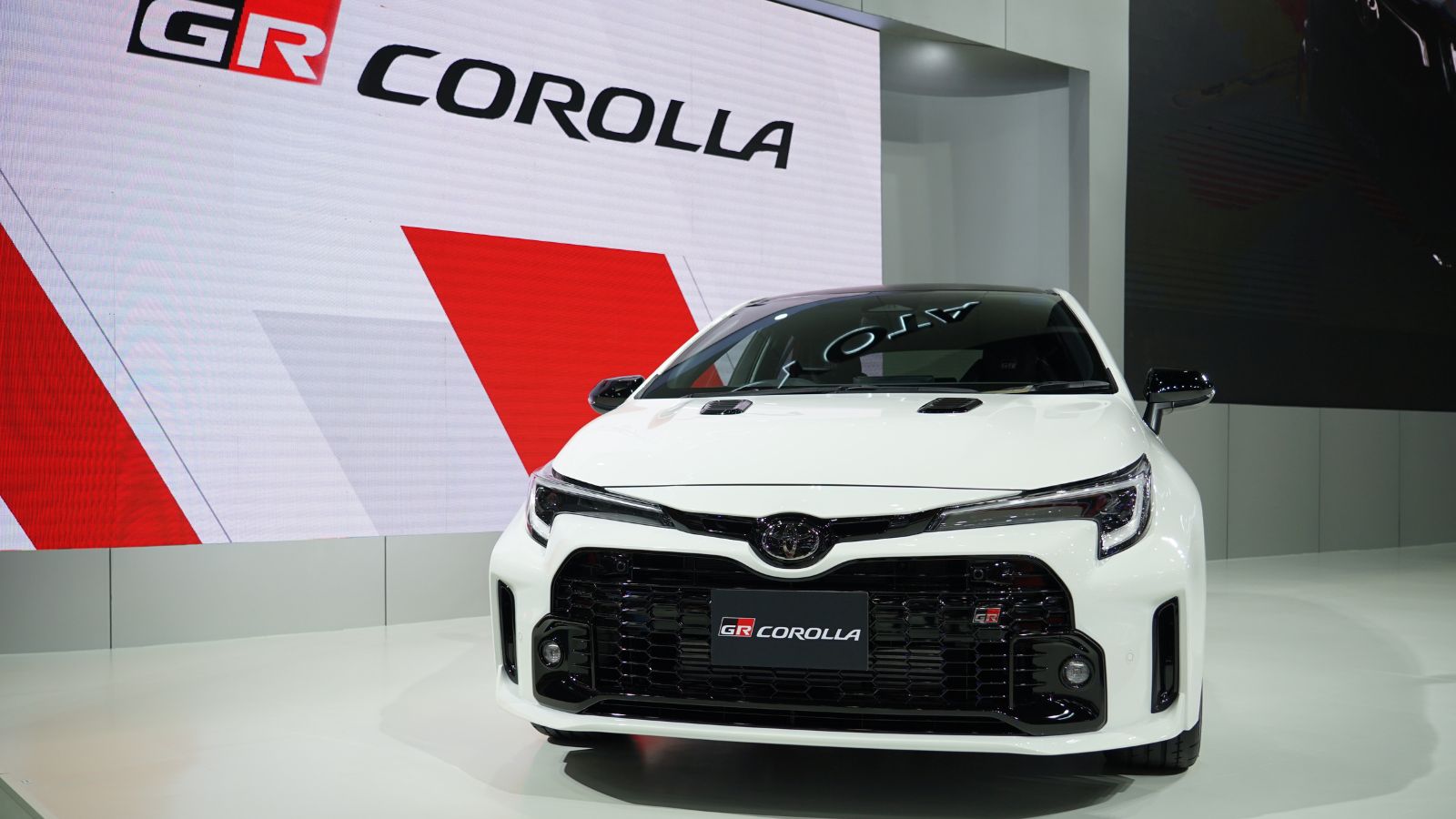
The Toyota Corolla is the best-selling car in the world, but it didn’t get there on looks alone. Initially, the Corolla was a compact, rear-wheel-drive sedan with a modest 1.1-liter engine. By the 1980s, it transitioned to a front-wheel-drive platform, which improved interior space and fuel efficiency. In recent years, particularly with the 2018 12th generation, the Corolla embraced a sportier and more aggressive design, highlighted by sharp lines, a wide stance, and a lower center of gravity. This shift modernized the Corolla’s appearance and improved its driving dynamics, aligning it with Toyota’s “New Global Architecture” philosophy.
Lamborghini Countach

The Lamborghini Countach is the poster child for supercar design, but it didn’t start that way. Initially designed by Marcello Gandini at Bertone, the Countach started with the LP400 model, featuring a 4.0-liter V12 engine producing 370 horsepower. This model was known for its “Periscopio” roof, which was designed for better rear visibility. As the Countach evolved, it gained wider tires, more prominent wheel arches, and more aggressive aerodynamic elements. By 1985, the LP5000 QV (Quattrovalvole) boasted a 5.2-liter V12 with 455 horsepower, solidifying the Countach as a performance icon.
Audi TT
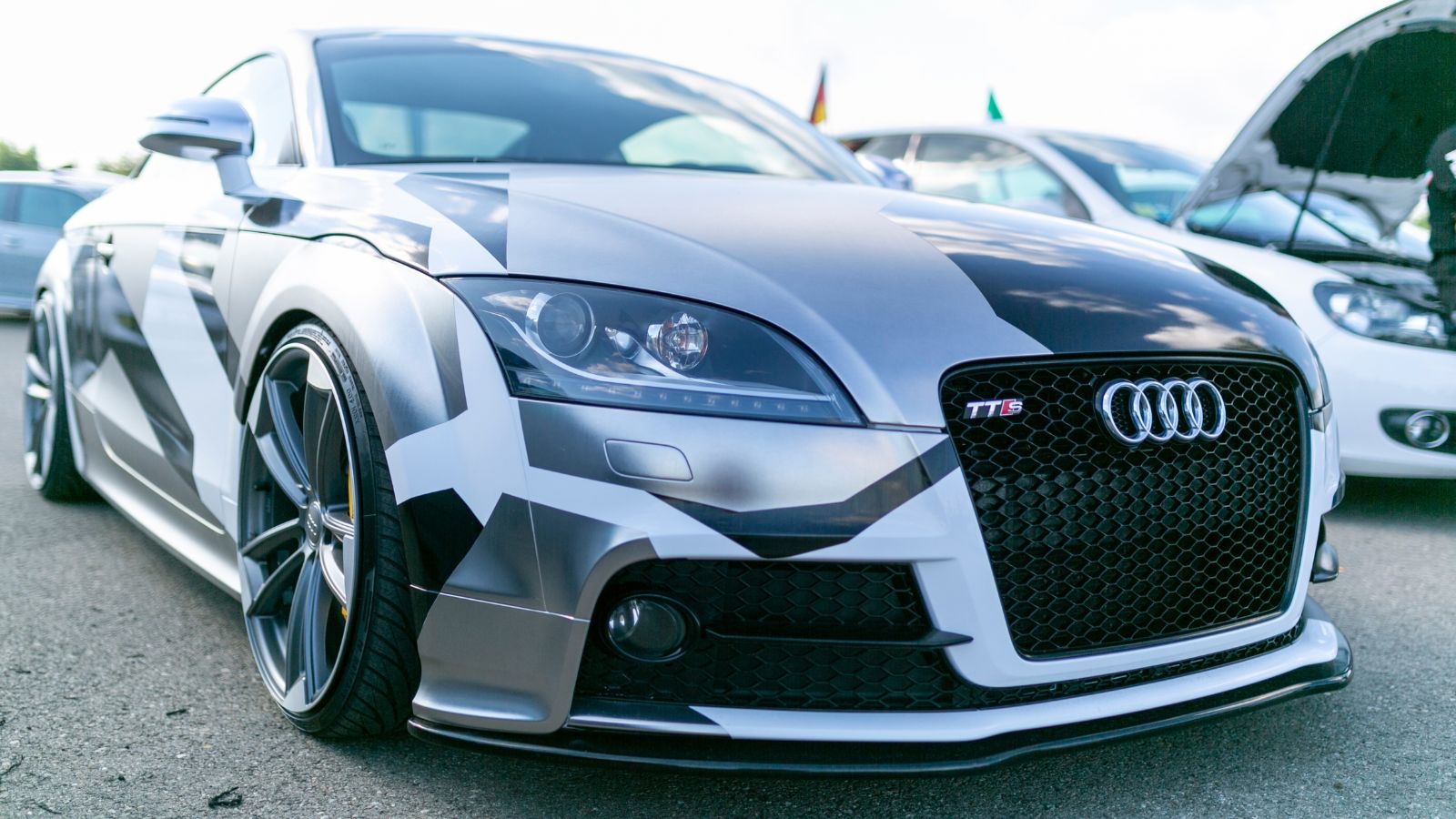
The Audi TT started in 1998 as a design exercise that became a production car. The first TT was a minimalist’s dream, with clean lines, simple shapes, and a focus on form over function. It looked like something in a modern art museum, not on a racetrack. But Audi didn’t stop there. The TT has evolved into a more aggressive, performance-oriented car while maintaining its design roots. The latest third generation (8S, 2014-present) modernized the TT with sharper lines and a high-tech virtual cockpit. Engine options include a 2.0-liter TFSI engine with up to 306 horsepower in the TT RS.
Mercedes-Benz G-Class
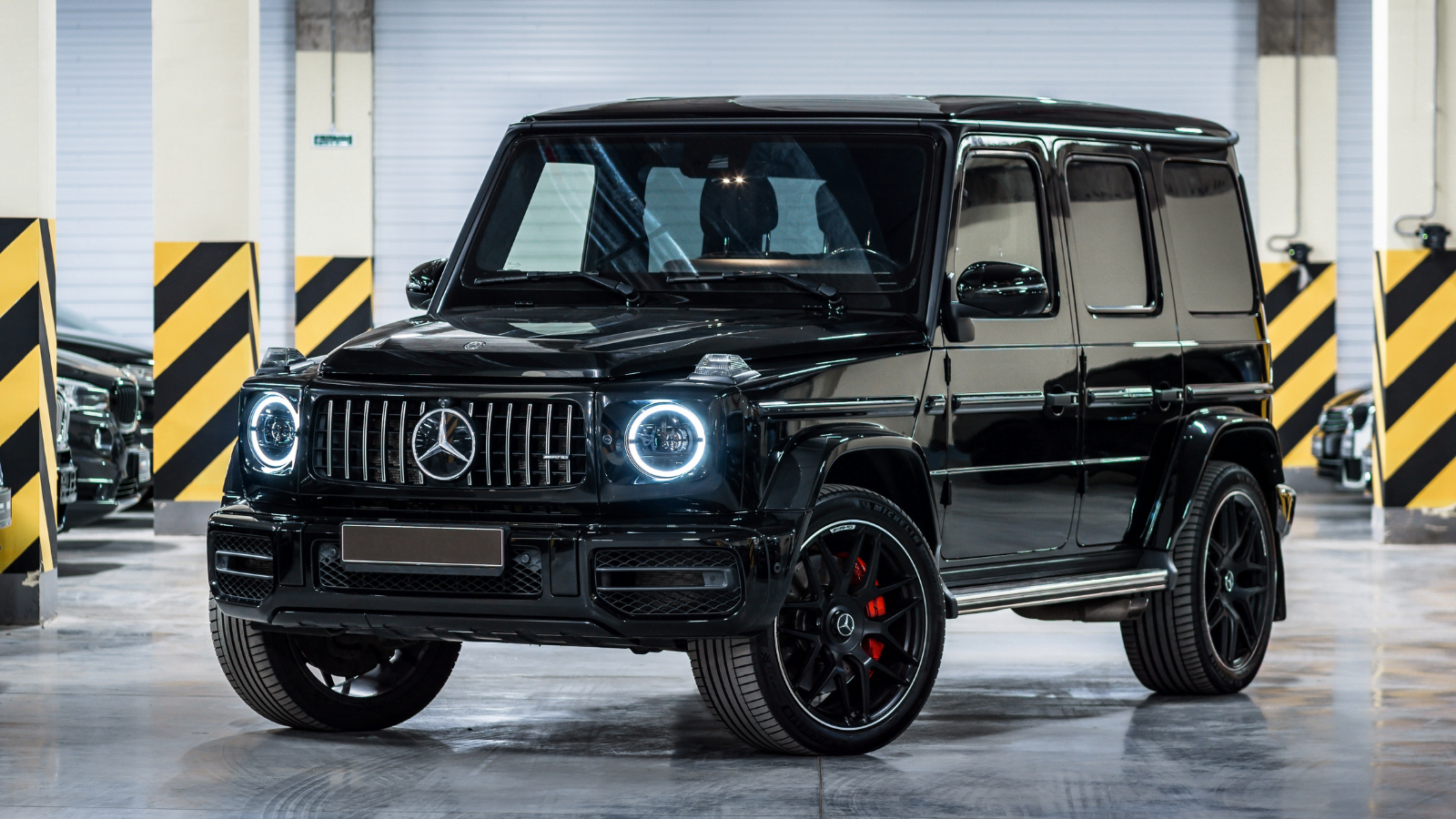
The Mercedes-Benz G-Class, or G-Wagen, has one of the most dramatic design evolutions—except that it hasn’t evolved at all! First introduced in 1979 as a rugged military vehicle, the G-Wagen was boxy, utilitarian, and built like a tank. Over the years, Mercedes has polished this brick into a diamond. The modern G-Class enhances comfort and technology with a more modernized exterior, improved suspension, and advanced driver-assistance systems. Despite these changes, the G-Class maintains its iconic, boxy design, merging luxury with its off-road heritage.
Tesla Model S
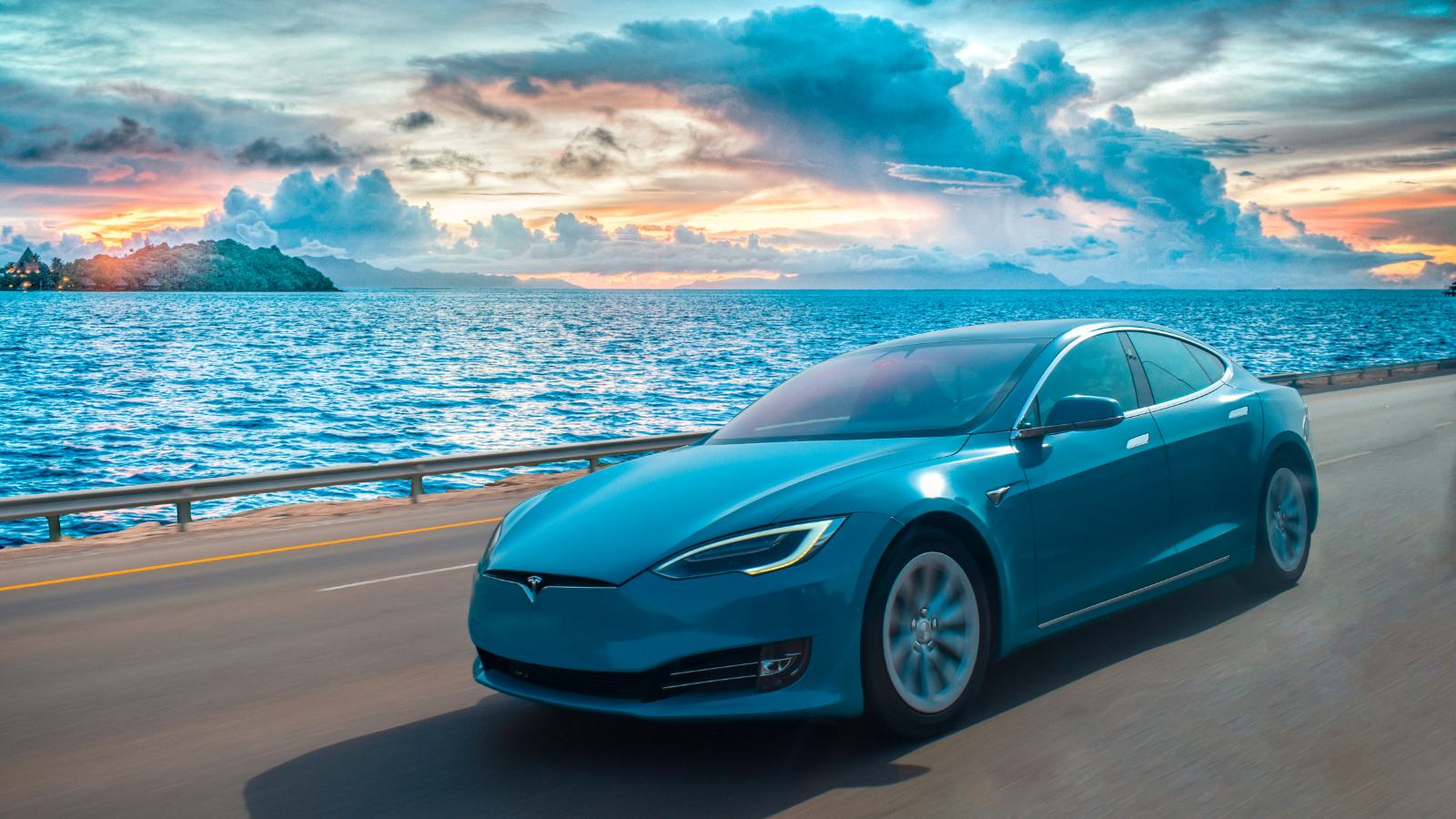
The Tesla Model S, introduced in 2012, has undergone significant transformation over its lifespan. Initially, it set new standards with its impressive range, thanks to its 85-kWh battery, achieving over 250 miles on a single charge. The introduction of the “LFP” (Lithium Iron Phosphate) battery in later models extended longevity and enhanced safety. Technologically, the vehicle has evolved with software updates that added features like Autopilot and Full Self-Driving capabilities, improving over-the-air functionalities. The introduction of the “Plaid” variant in 2021 highlighted performance advancements, boasting a sub-2-second 0-60 mph time, making it one of the fastest production cars.
14 Supercars Under $100K That Deliver Breathtaking Speed and Style
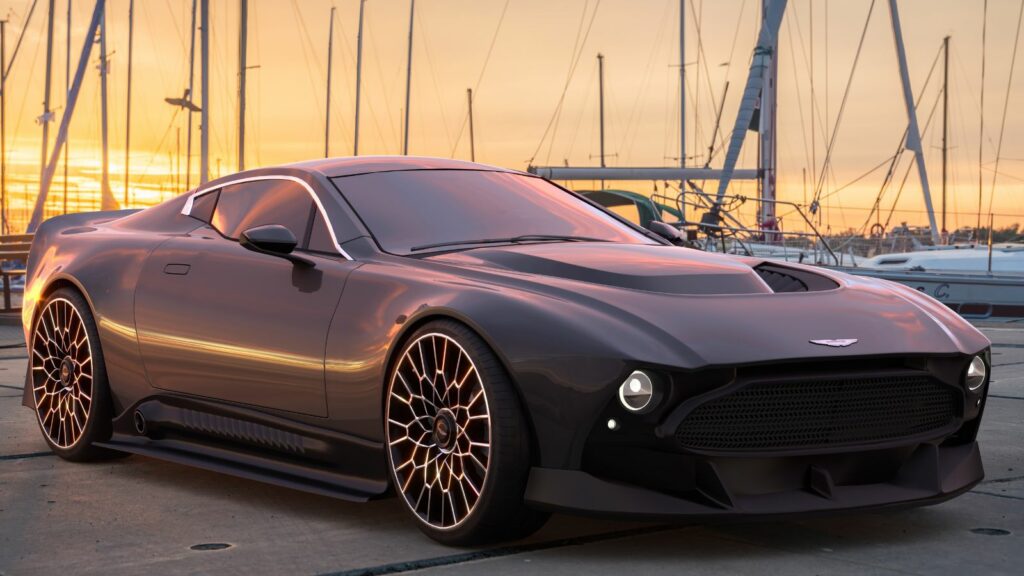
When you think of supercars, names like Ferrari, Lamborghini, and McLaren often come to mind, along with their staggering price tags. However, high-performance vehicles aren’t exclusively reserved for the super-rich. There exists a sweet spot where speed, style, and (relatively) sensible pricing converge, offering thrilling rides without completely obliterating your bank account. Hop in as we explore 14 underrated supercars under $100K.
14 Supercars Under $100K That Deliver Breathtaking Speed and Style
